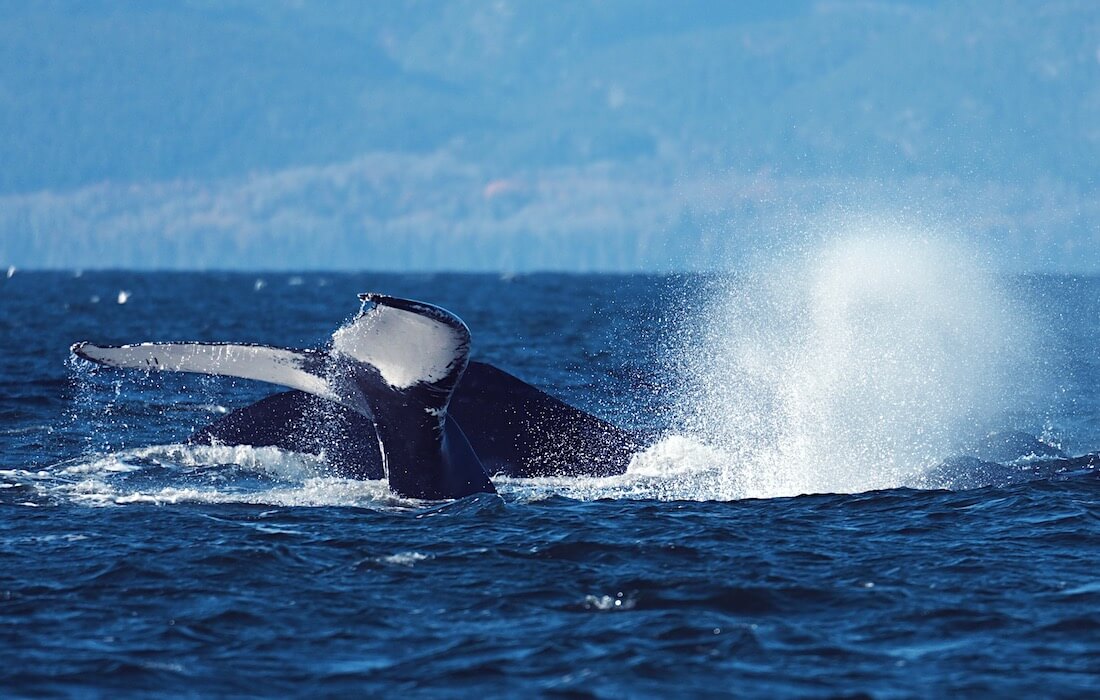From May to October, five days a week, the Bleuvet criss-crosses the St. Lawrence River in search of herds of belugas to photograph and to study their social interactions. This week, we were asked: what is the purpose of these photos? Why continue to photographing belugas after 30 years of research?

When we approach a herd, we first look at the composition of the different groups within the herd, then look for animals with reliable/durable marks that can be relied on to differentiate individuals from one another. Only animals with markings are photographed: this is the principle of photographic capture/recapture, which is based on the visible natural markings of the animals that make them recognizable over the course of a season and even throughout their lifetimes. For example, this week, off Île aux Basques, we encountered Leucas, who is recognizable at first glance by his gray spots and the small scar underneath one of them. Thanks to these markings, we have known Leucas since 2008.
With multiple photographs of the animals, we are able to chronicle life stories as well as identify areas where belugas will spend more of their time (referred to as high density areas) such as Baie Sainte-Marguerite in the Saguenay River or the area off Cacouna. With these data from simple photos, we are able to better understand the belugas’ way of life, the areas they frequent and what they do there. All of this is useful for providing habitat management tools for this species, which is considered endangered.
For these reasons, we continue to cruise the river and the fjord week after week, year after year, to photograph belugas. Because it’s been only 30 years that we have been photo-identifying them and that for an animal that lives up to 60 or even 80 years, this is just a small portion of its lifetime!






